How AI & Automation Are Transforming Deep Well Snubbing Operations
Deep well snubbing is a vital process in the oil and gas industry that involves inserting or extracting pipe from wells under pressure. Once performed manually and dangerously, recent advances in automation and artificial intelligence (AI) have revolutionized this practice, vastly improving safety, efficiency and operational costs. We will discuss in this article how AI and automation are revolutionizing deep well snubbing operations to make them more reliable and cost-effective.
What is Deep Well Snubbing
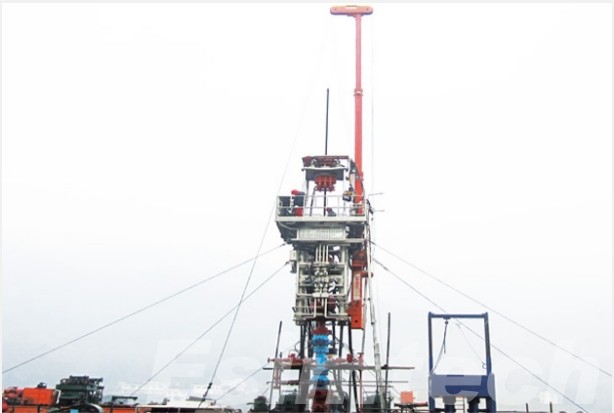
Deep well snubbing is a unique well intervention technique used to safely insert or remove tubulars–such as drill pipe or casing–from live wells that are under pressure without shutting them in, unlike with conventional operations that must first shut in first. By maintaining pressure control while continuing work on live wells without killing them off completely, snubbing becomes essential in environments with high-pressure, high-temperature (HPHT) environments or those containing sensitive reservoirs.
Deep well snubbing requires using a snubbing unit that applies hydraulic force to move pipe in and out of the wellbore. Due to extreme pressures, unpredictable conditions downhole, tight operational tolerances, precision, real-time data monitoring, and increased safety measures being essential components. As the depth and complexity of wells increases, so too has their need for efficient yet safer snubbing methods; prompting automation/AI integration within this process.
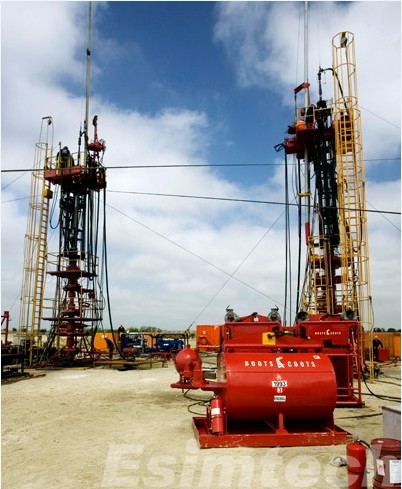
The Role of Automation in Snubbing Operation
Automation has transformed snubbing operations, particularly those performed in deep wells where precision and safety are of utmost importance. By integrating mechanical systems, hydraulic controls, and programmable logic controllers (PLCs), modern snubbing units now operate without human intervention – helping oil and gas industries reduce risks, boost productivity, and streamline workflows more effectively than ever.
Automation Improves Snubbing Efficiency:
Minimized Human Exposure:
Automation provides many significant advantages, chief among them the reduction of human involvement in potentially hazardous environments. Automated pipe handling and pressure control systems allow workers to use equipment remotely, decreasing risks from high-pressure environments significantly.
Speed and Uptime of Operations:
Automated systems work faster than manual crews and are less susceptible to fatigue or environmental conditions; this results in shorter operations times, reduced downtime, and greater efficiency when employing both personnel and equipment.
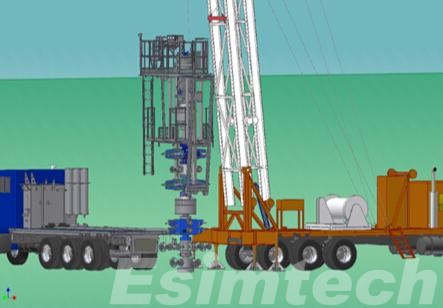
Built-In Safety Protocols:
Modern automated snubbing units come equipped with safety interlocks and emergency shutdown features to detect unsafe conditions instantly, protecting equipment and protecting personnel. If these automated safeguards activate, they act instantly preventing equipment damage as well as safeguarding personnel.
Real-Time Monitoring and Control:
Advanced automation platforms feature real-time monitoring dashboards that offer instantaneous feedback on key parameters, such as pipe movement, hydraulic pressure and well conditions. This data allows operators to make informed decisions quickly in response to any changes during operations.
Automation technology has laid the groundwork for more intelligent and adaptive snubbing systems that reduce physical demands of deep well operations, creating safer operations with greater efficiency. Automation’s role will only become increasingly vital as drilling operations shift toward more remote, extreme conditions.
Integration of AI in Snubbing Operations

Artificial Intelligence (AI) has become an indispensable asset to modern snubbing operations, particularly those conducted in deep well environments with complex environments and elevated risks. While basic automation merely follows pre-programmed instructions, AI allows systems to analyze data, recognize patterns, and make intelligent decisions in real time – providing greater adaptability, precision, and predictive control during high pressure snubbing activities.
Key ways AI Enhances Snubbing Operations
Real-Time Data Analysis:
AI-powered platforms collect and process sensor data on the snubbing unit–monitoring pressure, pipe movement, hydraulic force, temperature–in real time to enable operators to quickly adjust parameters in response to changing downhole conditions with accuracy. This real-time analysis allows them to make quick adjustments as necessary and respond effectively.
Predictive Maintenance & Equipment Health Monitoring:
Artificial intelligence systems use historical and live data to predict equipment failure before it occurs, thus minimizing unscheduled downtime and increasing equipment lifespan while making operations more cost-effective and dependable.
Smart Decision Support Systems:
Machine learning algorithms analyze previous snubbing operations to detect patterns and recommend optimized procedures for current jobs, helping operators make smarter decisions more quickly in complex or unexpected scenarios.

Enhance Safety Protocols:
AI can make the workplace safer by detecting anomalies–like sudden pressure changes or mechanical strain–and initiating automated safety responses that will either cease operations immediately, alert crew members to possible risks or shut them down before an incident happens.
Operational Optimization:
Through simulating different snubbing scenarios with historical data, AI tools enable engineers to fine-tune operational strategies. This not only increases efficiency but also decreases wear-and-tear on equipment as well as costs of operation.
Integrating AI into snubbing operations is no longer just a futuristic vision; it has already become part of everyday practice. AI technologies continue to evolve, offering even greater levels of automation, insight, and control than before in deep well snubbing operations.
Common Applications
AI and automation technologies are revolutionizing deep well snubbing operations within the oil and gas industry. Below are four of their most influential applications explained in detail:
Live Well Interventions with Reduced Risk
In the past, live well interventions required highly trained crews to manually manage extreme pressures manually. However, the use of automated snubbing units with AI-driven control systems now enables operators to:
Insert or extract tubing under pressure without well kill operations to preserve reservoir integrity and avoid compromise of the reservoir’s integrity.
Real-time hydraulic pressure adjustments using predictive algorithms to prevent explosions can help protect against blowouts.
Employ smart sensors to continuously monitor wellbore conditions, instantly detecting gas kicks or pressure surges.
Reduce human exposure to dangerous conditions while increasing efficiency.
Deepwater & Ultra-Deepwater Well Control
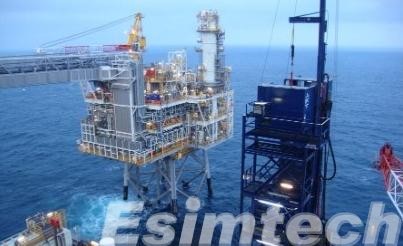
Underwater well control presents many difficulties, from high pressures, low temperatures, and unpredictable fluid behaviors to AI automation capabilities that enhance operations by:
Automating pipe handling in extreme environments and reducing mechanical failures.
Machine learning models can help predict wellbore stability from historical data.
Integrating real-time subsea data for dynamic adjustments of snubbing parameters and to prevent equipment overload.
These advances make deepwater interventions safer and more cost-effective.

Well Abandonment and Plugging
Plugging abandoned wells precisely requires the precise placement of barriers to prevent leaks. Automated snubbing systems make this process more efficient by:
Placement of plugs and cement retainers using robotic precision.
AI-enhanced acoustic sensors can quickly identify micro-leaks before they escalate further.
Generating automated compliance reports for regulatory requirements.
By doing this, environmental risks are reduced and well integrity can be ensured over the long run.
AI-Powered Simulation and Training for Safer Operations
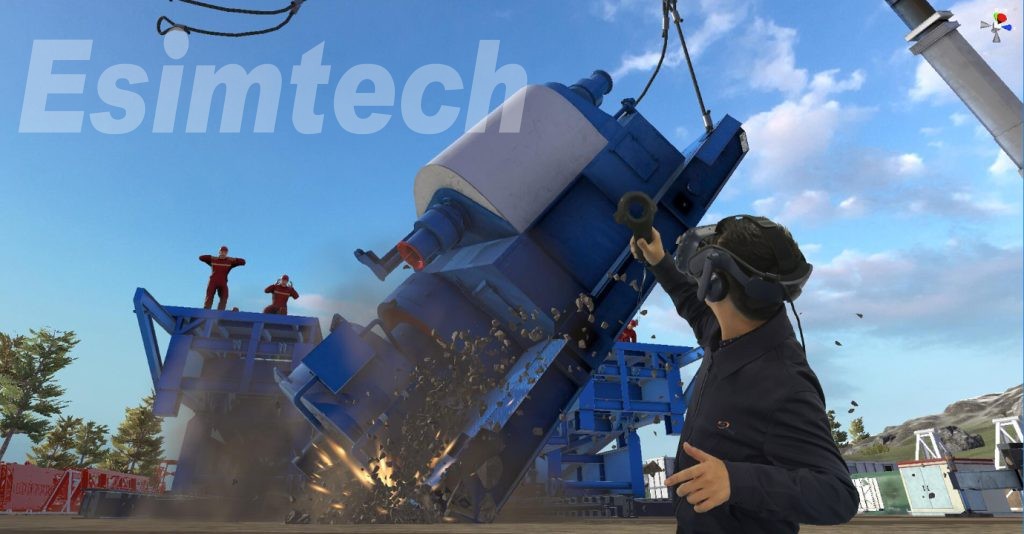
Before deploying crews into high-risk snubbing jobs, AI-driven simulation tools enable operators to:
Under different pressure and temperature conditions, simulate virtual snubbing scenarios to assess their viability.
Train employees safely with digital twin technology.
Avoid potential failure points and optimize procedures prior to real-world execution.
Simulations help streamline decision-making processes and reduce costly mistakes during actual operations.
Automation and artificial intelligence technologies are helping make snubbing operations safer, faster, and more reliable for companies that invest in these technologies, from live well interventions to AI-powered training simulations, providing companies a competitive advantage by reducing downtime, improving safety measures, and optimizing performance.
Wrapping Up
AI and automation are rapidly revolutionizing deep well snubbing operations within the oil and gas industry, helping operators work smarter, faster, and safer than ever before. As these technologies continue to advance we can expect even more innovative solutions to emerge that enhance its effectiveness as an integral component of modern well intervention strategies.

